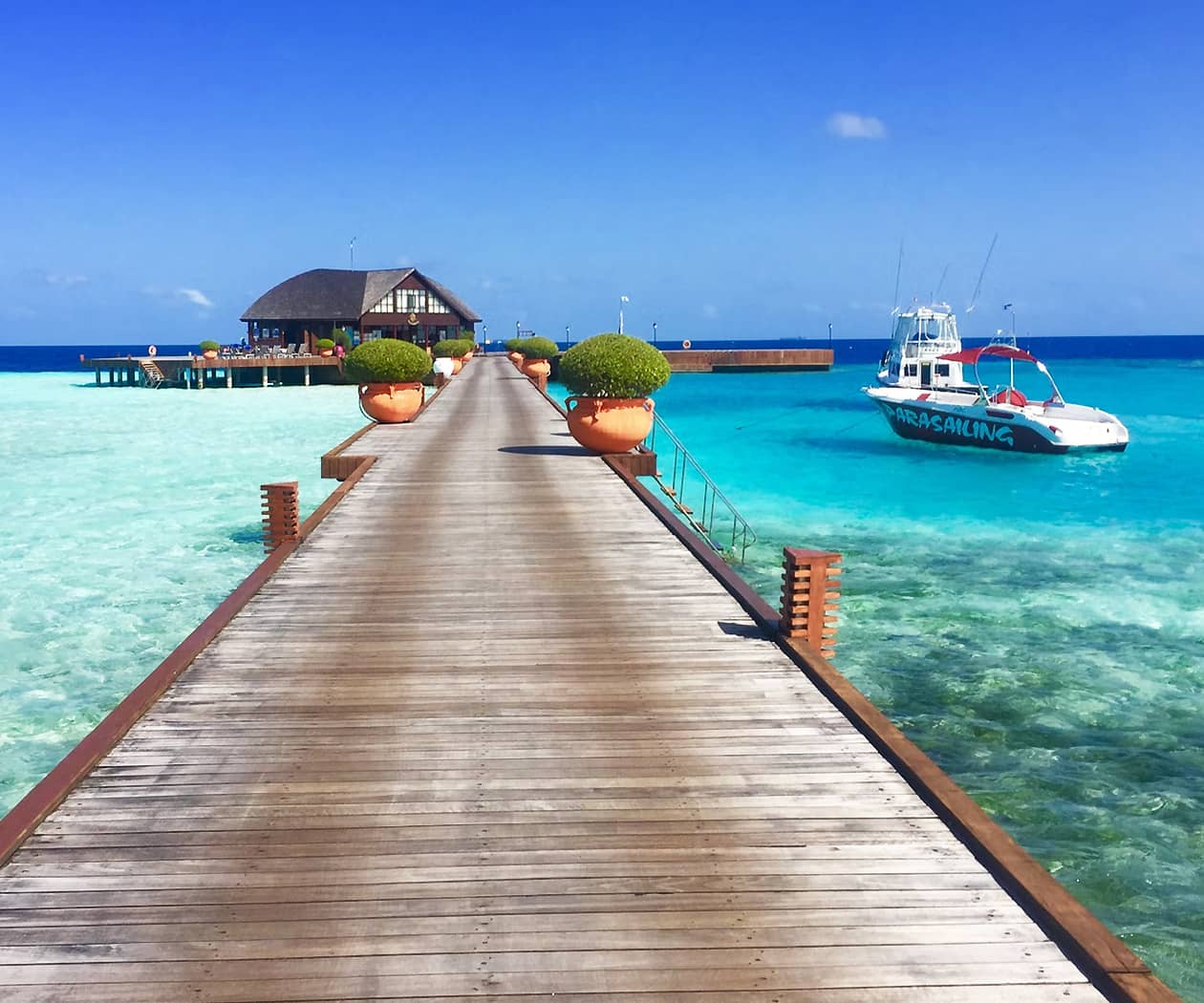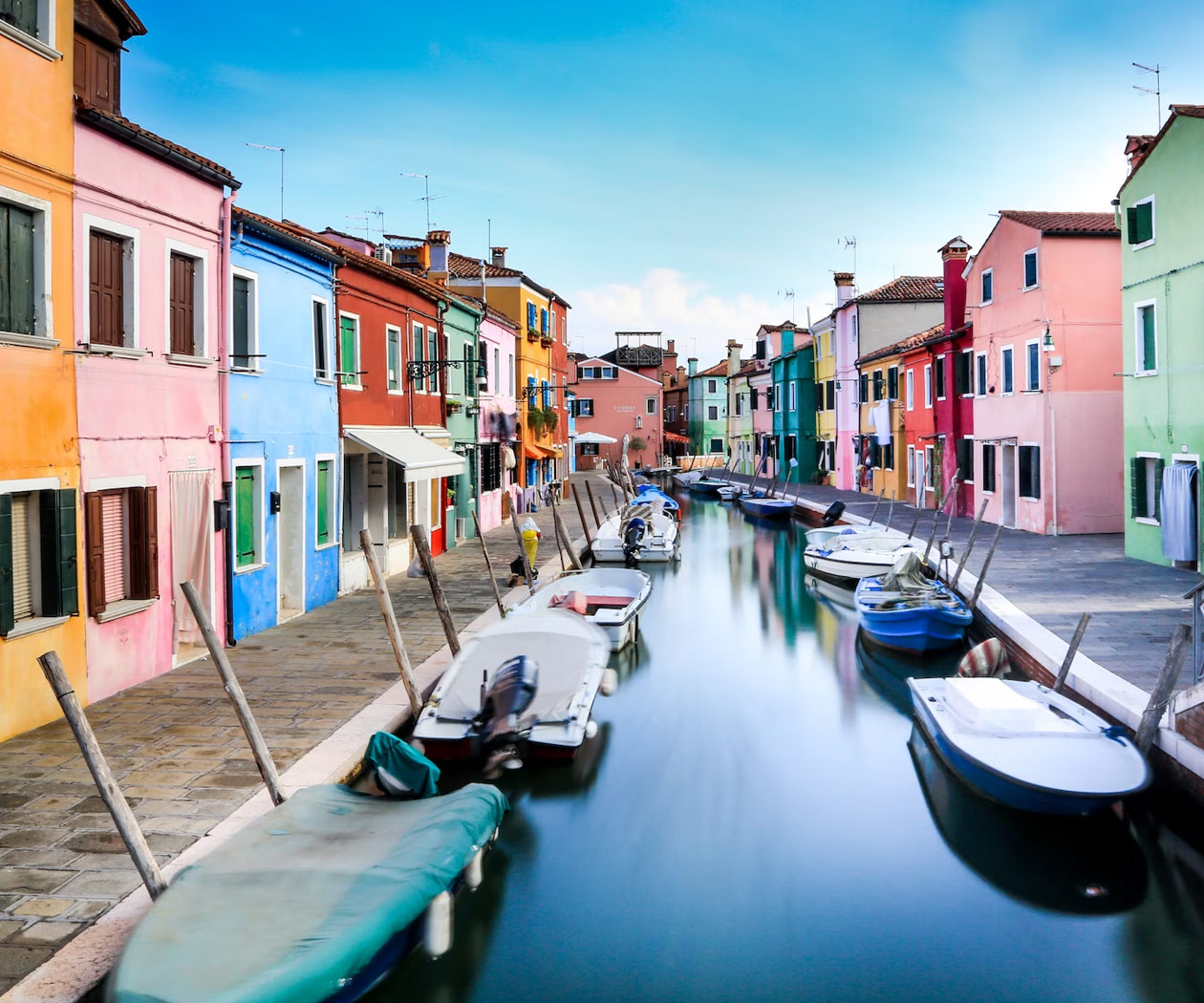Vashlovani protected areas
Vashlovani Protected Areas are located in the extreme eastern part of Georgia, in the Dedoplistskaro district. It consists of Vashlovani Strict Nature Reserve, Vashlovani National Park and Natural Monuments as follows: “Eagle Gorge”, “Takhti-Tepa mud volcanoes”, “Juma Bay” and “Alazani Floodplains”, total area of which is about24924 ha. Vashlovani Protected Areas were opened in 2003.
The Protected Areas are located among the two main vital sources, the main rivers of Kakheti – Iori and Alazani. The gorge is a deep and very beautiful canyon cut by a little ravine through the cliffs of limestone origin.
The territories of Vashlovani are distinguished with rare Wild pistachio trees(Pistacea mutica), arid light forests and bluestem-feather grass steppes. Foothills are covered with oak trees and ash-tree groves mixed with maple and elm. Here can be found barberry, Jerusalem thorn, smoke tree, peashrub, et al.
There are unique floodplain forest of Alazani and two little bays (Juma and Mijna) in Vashlovani National Park. The bays are the only place in Georgia where the walnut trees (Juglans regia) grow wild next toFloodplain oaks (Qurcus pedunculata), poplars (Populus nigra, P. canescens), ash trees (Fraxinus excelsior)andpomegranate (Punica granatum), Peony(Paeonia maiko), Wild grape (Vitis sylvestris)and other rare plants.
About 700 plant species are described in Vashlovani, though among them can be distinguished the distribution of diversity of orchids (7 species), Georgian iris (Iris iberica), Eichler’s tulip (Tulipa eichler)
Fauna of Vashlovani is quite diverse and attractive. 46 species of mammals inhabit Vashlovani. There are many jackals (Canis aureus), Red foxes (Vulpes vulpes), hares (Lepus europiacus), wolves (Canis lupus), lynxes (Lynx lynx), Jungle cats (Felis chaus) and Indian porcupine(Hystrix indicus) and even Brown bears (Ursus arctos)in Vashlovani, which is so rare for semi-desert areas.
At the end of 2003 leopard (Panthera pardus ciscaucasica)was discovered in Vashlovani. The scientists managed to shoot the photos of this animal (NACRES), unique for Georgia. The male leopard was named as Noah. He still inhabits the territory of Vashlovani and is a symbol and visit card of the National Park. In September 2008 the rangers saw the leopard in live .
In the nearest future it is planned to bring Goitered gazelles (Gazella subgutturosa subgutturosa)from Azerbaijan as well. Earlier, this ungulate animal was the usual habitant of Kiziki, but because of excessive grazing and uncontrolled hunting it has finally disappeared from Georgia in the 60s of 20th century. Today we hope again that Goitered gazelle will again return to Vashlovani and a man will promote to it.
The Vashlovani Strict Nature Reserve is very rich in ornithological viewpoint. One can find the flocks of thousands of Blackbirds and Rosy starlings in Vashlovani. There are many other small birds: sparrows, wheatears, goldfinches, and finches. Little bustards and more rarely – Great bustards can be found in winter. From the birds of prey Imperial eagles (Aquila heliaca), Black vulture (Aegypius monachus), Griffon vultures (Gyps fulvus),Marsh harriers (Circus aeroginosus)and Buzzards can be found in Vashlovani. Chukars are abundant too. Rarely, but sometimes, there can be found Black Francolin too. And there are many Pheasants (Phasianus colchicus) in the floodplain of Alazani, included in the territory of the National Park, whereas the colonies of swallows nest the Vashlovani steep clay slopes, called as “town of swallows”.
Waterfowls are abundant in Vashlovani; herons, cormorants, garganey, mallards and Red ducks, osprey, White tailed eagle can be found here.
The reptiles also play a significant role in the fauna of Vashlovani. 25 species are described there. Greek tortoise (Testudo graeca), Schneider’s skink, Caucasian agama, Caucasian sand boa and the snakes – Boa constrictor, Four-lined snake, Grass snake and Levantine viper can be found in the territory of the National Park
About 16 species of fish inhabit the Alazani River. There are still many catfish, carp, pikeperch, shemaya, Bullheadcatfish, barbell and Caucasian herring in Alazani.
700 species of insects are recorded in the territory of Vashlovani. Among them 109 species are of butterflies.
Site of “Alesilebi” of Datvis Khevi (Brown bear gorge) has one more surprise for visitors – the meeting with pre-historical fauna. In the deposited layers of exposed rocks a good observer can easily notice the mollusk chitins that are well preserved. These mollusks are the oldest habitants of Vashlovani; they belong to the time when the local territories were covered with sea.
In the same Datvis Khevi you can see one more comparatively “young” pre-historical animal: in clay hill extrudes the hardened shoulder bone of the southern elephant.
The Administration of Vashlovani Protected Areas offers several routes to visitors of Dedoplistskaro, such as: driving, walking and rafting (by boat on the river Alazani). The routes are organized in a way that does not damage the ecosystem. Vashlovani Protected Areas are ideal for bird-watching in general.
There are favorable conditions in theVashlovani Protected Areas for development of ecotourism and scientific tourism.From Pantishara gorge the walking route “Datvis Khevi” begins. There is even much more to see the sights along the walking trails, as the clays of “Alesilebi” is full of old and new footprints of wild animals.
In general, all these Protected Areas, the Eagle Gorge among them, are ideal places for bird-watching. Bird-watching is comparatively new thing in our country, but in different parts of Georgia you can meet with more and more groups of western tourists, equipped with cameras and binoculars, busy with bird-watching. Vashlovani, rich in ornithological viewpoint, is surely attractive place for these kinds of tourists.
The rafting route elaborated by the Administration of the National Park starts at the Alazani riverside village of Tsiteli Sabatlo as far as the Mijna bay. It must be very interesting rafting on the river having Georgia on one side and Azerbaijan on the other and the river banks of which are covered by nice floodplain forests.
Behind the forest line the beautiful “Alesilebi” are seen. While going down stream on the Alazani, you constantly hear the singing of birds that are nesting in the floodplain forests, and you can see the representatives of different species. At the end of the route, in Mijna bay, the Administration of the National Park allows the sports fishing with a rod. Like a sports fishing, any kind of activities such as – movement, spending the night or making a fire is allowed only in the places designated by the Administration of the National Park. And of course, it is forbidden to carry gunsand accompany domestic animals while traveling. Enforcement of these terms is provided by the guides and rangers who are permanently on duty at the four posts around the Park. These are the necessary measures, without which the balance of nature will be destroyed, and without which the National Park will surely lose its original appearance and untouched wilderness that attracts so much the visitors.








